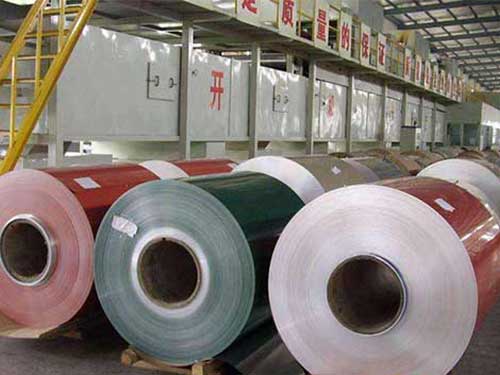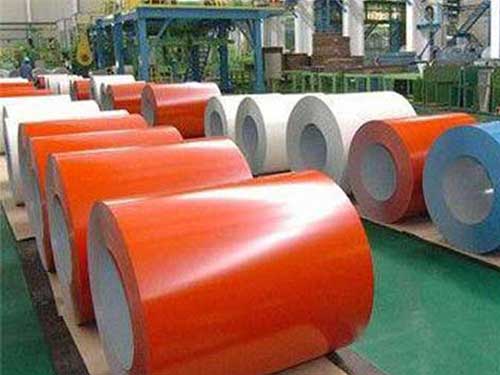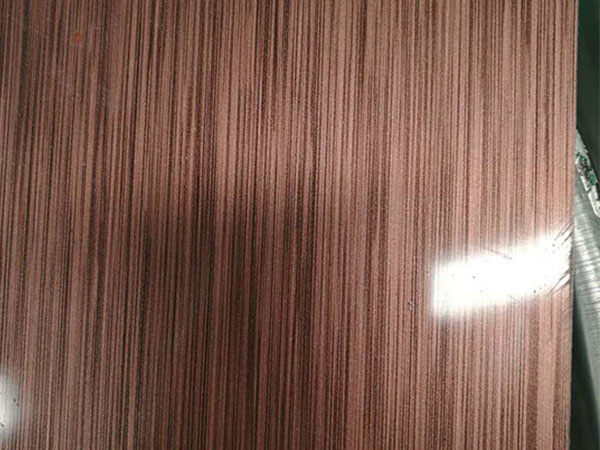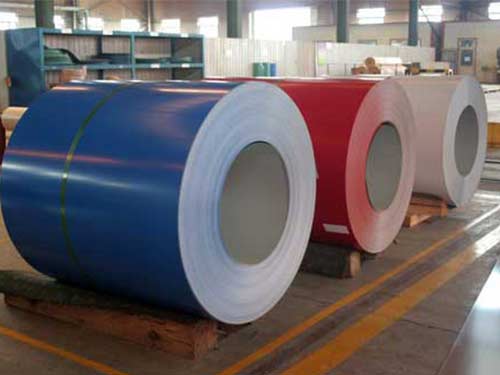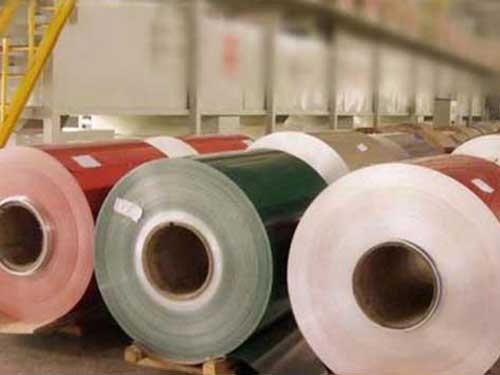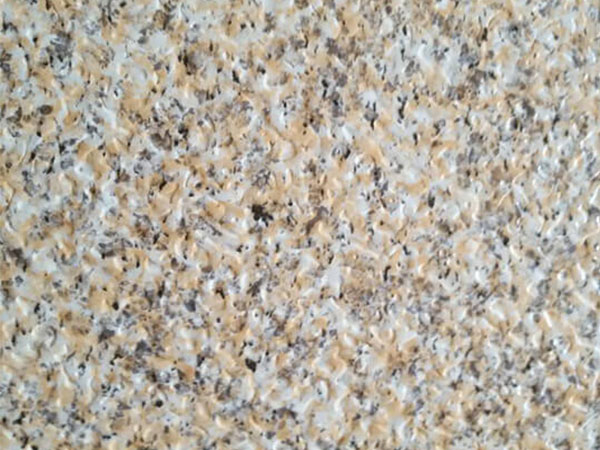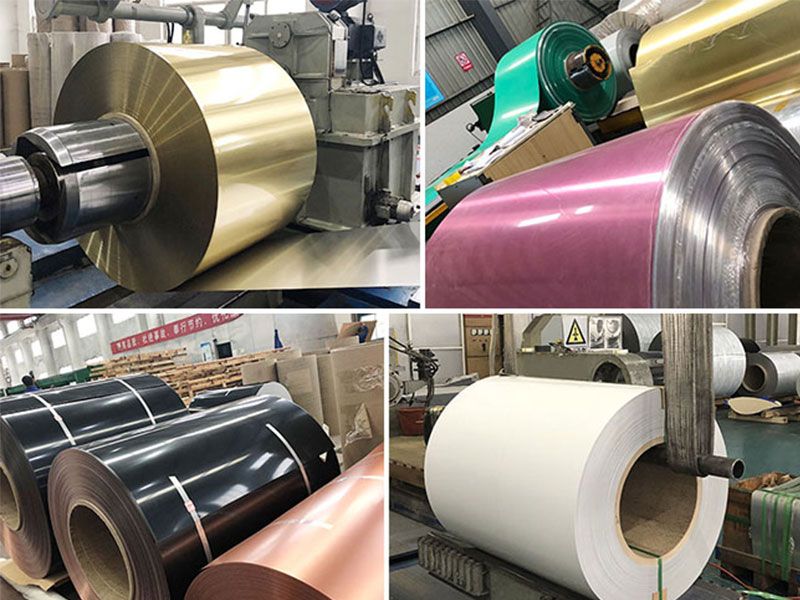When it comes to versatile, high-performance materials for construction, transportation, and industrial design, ribbed aluminium sheets is know as a unique solution combining structural strength with lightweight advantages. Unlike plain aluminium sheets, ribbed aluminium sheets integrate engineered surface textures — specifically ribs — enhancing rigidity and aesthetic appeal. From a technical and metallurgical perspective, their parameters, alloying components, temper designations, and manufacturing standards is crucial for architects, engineers, and product developers aiming to optimize performance while minimizing costs.
What is a Ribbed Aluminium Sheet?
Ribbed aluminium sheets feature raised longitudinal ribs or corrugations along their surface. These ribs substantially improve the stiffness-to-weight ratio, helping the material resist bending, panel deformation, and external loads more effectively than flat sheets. They achieve enhanced mechanical properties without significant thickness increments, giving ribbed sheets a competitive edge in applications like building facades, roofing panels, vehicle components, and industrial enclosures.
From my perspective on the production line, ribbed aluminum sheet presents a fascinating challenge compared to our standard coated aluminum. The added rib profile necessitates a more complex and robust rolling process. We have to carefully control the roll gap and tension to avoid inconsistencies in the rib height and spacing, and the coating process itself needs adjustments to ensure uniform coverage in those recessed areas. A minor misalignment or pressure fluctuation can lead to significant defects, resulting in more scrap and a higher level of operator attention. This highlights the precision required for even a seemingly simple modification of our standard product. The extra step also affects our throughput, impacting production schedules and potentially altering our profitability depending on the specific rib design and order volume.
Beyond the production floor, I find the application diversity of ribbed aluminum sheet intriguing. While we primarily focus on the manufacturing process, I often think about where these sheets end up – perhaps as roofing materials offering superior strength and weather resistance, or as components in vehicles requiring both lightness and structural integrity. Knowing that our work contributes to a product used in diverse and important applications is a source of personal satisfaction. The variety of rib patterns and sheet thicknesses we produce further enhances this, offering a wider range of solutions for customers than just a flat, coated sheet. It underscores the importance of our work beyond just meeting production targets.
Core Technical Parameters
- Thickness (Gauge): Typically ranges from 0.6 mm to 3.0 mm. Selection depends on load requirements, thermal expansion concerns, and formability.
- Rib Profile Dimensions: Commonly designed with rib heights between 3 mm and 10 mm and rib spacing (center-to-center) varying from 25 mm to 120 mm, tailored according to bending moment resistance needed.
- Width and Length: Usually supplied in widths between 1000 mm and 1500 mm and lengths customized per order (max around 6000 mm).
- Surface Finish: Standard finishes include mill finish, anodized, or coil coated aluminium (e.g., PVDF, polyester), improving corrosion resistance, durability, and aesthetic lifecycle.
Alloy and Temper Designations — Engineering the Sheet’s Performance
The choice of aluminium alloy and temper profoundly influences the ribbed sheet’s mechanical strength, corrosion resistance, and workability.
Common Alloys: The 1xxx, 3xxx, 5xxx, and 6xxx series are popular.
1xxx Series: Virtually pure aluminium (>99% Al), excellent corrosion resistance but lower strength.
3xxx Series (e.g., 3003): Includes manganese (~1.0-1.5%), improving strength moderately, good corrosion resistance — optimal for decorative architectural ribbed sheets.
5xxx Series (e.g., 5052, 5083): Magnesium-based alloys; excellent marine corrosion resistance and medium strength, ideal for roofing and exterior cladding subjected to harsh conditions.
6xxx Series (e.g., 6061): Alloyed with Mg and Si providing high strength and good formability, suitable for complex bend patterns in rib design.
Thermal and Work Hardening Tempers:
H14/H24: Strain-hardened and partially annealed, balancing strength and ductility—good for moderate-form rigidity.
H18: Full hard temper, less formable but maximum strength, often used when shallow ribbing is applied.
O Temper: Fully annealed used when deep forming is required.
T4/T6: Solution heat-treated and artificially aged alloys, prevalent in the 6xxx series, enabling stronger rib retention under load and heat.
Implementation Standards and Quality Assurance
Worldwide, ribbed aluminium sheets adhere to rigorous specifications ensuring uniformity in dimensions, mechanical properties, and chemical makeup, including:
- ASTM B209: Covers aluminium and aluminium alloy sheet and plate, outlining product tolerances, mechanical attributes, and acceptable dimensions.
- EN 485-2: Governs surface finishes, mechanical properties, and testing of aluminium alloys.
- ISO 6362: Specifies rolled products dimensions and properties.
- GB/T 3880-2006: Chinese national standard specifying chemical composition parameters and quality control for rolling aluminium products used in coatings.
As an example, an aluminium 3003-H14 sheet conforming to ASTM B209 pulses with balanced tensile strength (~130-145 MPa) and modest elongation (12-15%), optimized by temper and rib profiling, resulting in sturdy panels ready for roofing cladding or wall sidings.
Detailed Chemical Composition (Example: Alloy 3003)
| Element | Composition (%) |
|---|---|
| Aluminium (Al) | 96.8 — 99.0 |
| Manganese (Mn) | 1.00 — 1.50 |
| Copper (Cu) | 0.05 — 0.20 |
| Iron (Fe) | ≤ 0.70 |
| Silicon (Si) | ≤ 0.60 |
| Zinc (Zn) | ≤ 0.10 |
| Others | Each ≤ 0.05; Total ≤ 0.15 |
This stable blend improves the corrosion resistance while meeting analytical precision to maintain tensile strength necessary for mechanical stress performance on ribbed panels.
Real-World Applications & Benefits from an Experts’ Viewpoint
- Structural Enhancement: Instead of increasing thickness—which adds weight and cost—introducing ribs utilizes geometric strengthening, reducing deflection and vibrations efficiently under dynamic loading, critical in transportable container floors and vehicle paneling.
- Manufacturing Savvy: The forming technologies for ribbing—hydroforming, roll forming, or press-brake bending under room or precipitation hardening conditions—must be synchronized with temper designations to prevent crack formations or over-hardening which compromises lifetime.
- Coating Compatibility: Coated ribbed sheets, especially those treated with Polyvinylidene Fluoride (PVDF) or fluoropolymers, provide UV-stability, chemical resistance, and suppress aluminum surface oxidation, thereby increasing maintenance cycles beneficial for external architecture.
- Thermal Exchange Function: Light-weight aluminium’s thermal conductivity coupled with ribs enlarges surface area, potentially facilitating heat dissipation — a subtle advantage in environmental wall systems or heat-exchange architectures.


